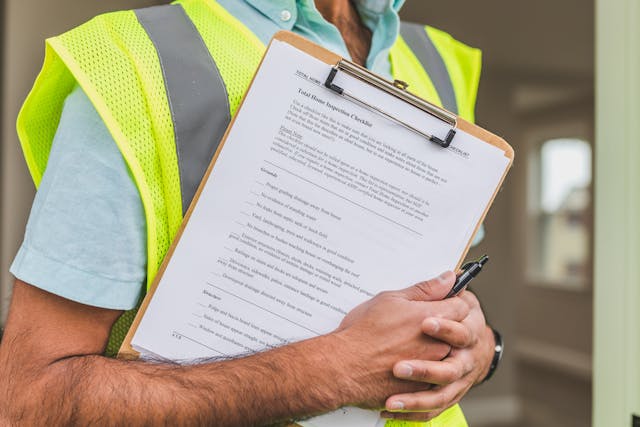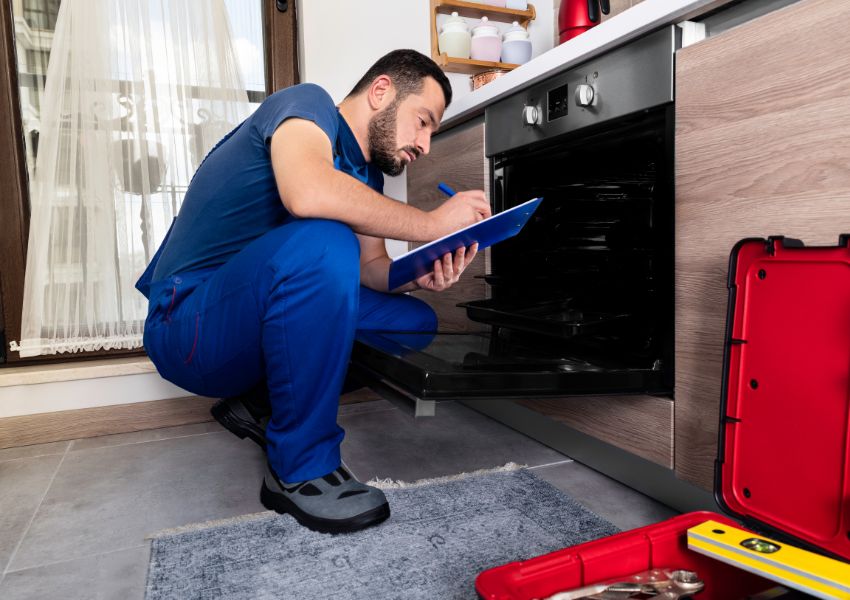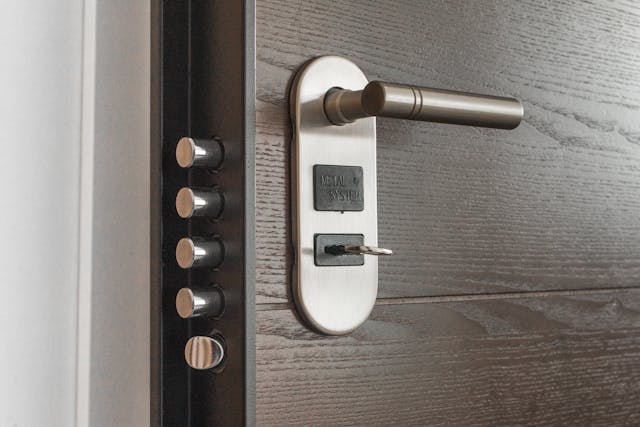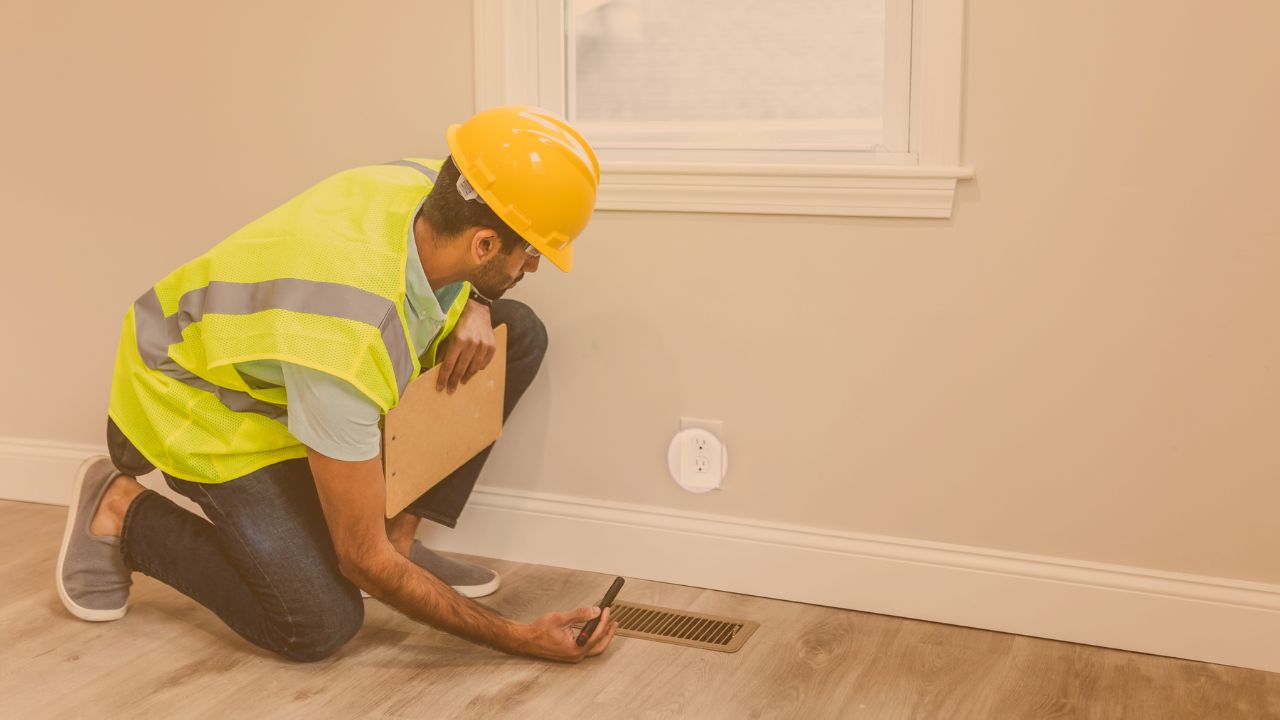Key Takeaways
- Landlords have a legal and ethical responsibility to maintain safe, habitable properties. This includes complying with all federal, state, and local housing codes while conducting regular inspections to prevent hazards and ensure tenant well-being.
- Comprehensive safety checks protect both landlords and tenants. Regular inspections of fire safety systems, electrical wiring, plumbing, HVAC, structural integrity, and pest control reduce risks, preserve property value, and minimize liability for accidents or lawsuits.
- Ongoing maintenance and expert support are essential. Annual safety inspections and, when necessary, partnering with professional property managers or local experts help landlords stay compliant, safeguard their investments, and build stronger tenant trust.
Landlords are legally required to provide their tenants with a safe, habitable property. Ensuring that your rentals meet all federal, state, and local building codes demands a lot of time and effort. Whether you own one single-family home or a whole portfolio of properties, you have to perform consistent inspections and safety checks.
But how do you know if your rental property is up to code and safe for renters? This article by Kokopelli Real Estate and Property Management will provide you with steps you can take to assess the safety of your rental property.
Maintaining proper safety standards not only reflects your responsibility as a landlord but also promotes tenant retention by ensuring the property remains safe, clean, and compliant with state and city housing codes. Adhering to these standards also helps safeguard your insurance coverage, as claims are less likely to be denied due to negligence.

Additionally, a safe property minimizes exposure to hazards that could lead to injuries, illnesses, or worse, protecting both tenants and their guests. Ultimately, prioritizing safety shields you from potential lawsuits while preserving your real estate investment and fostering a secure living environment for your residents.
The following are steps to take to ensure your rental meets safety standards in Colorado:
Review the Local Housing Codes
Different counties and cities have varying housing codes to ensure safety. It’s therefore necessary to understand the basic building codes that apply to your properties and ensure that everything meets safety requirements as stipulated by landlord-tenants laws and health codes.
Contact your city’s housing department or code enforcement office to obtain the local regulations applicable to your property. This can typically be done by phone or email. Be sure to review the requirements related to smoke and carbon monoxide detectors, fire escapes, mold prevention, security and locks, HVAC systems, plumbing, and pest control.
Conduct a Full Safety Inspection
It’s best to perform inspections even when it’s not an official requirement. That is because this thorough inspection can uncover hidden safety issues. We advise that you conduct this at least once a year or between renters. Include the following in your home inspection checklist:

Fire Safety Systems
The ensure the property meets fire safety standards:
- Fire extinguishers should be in the kitchen, utility areas, and in every rental unit
- Smoke detectors should be present and functional in every bedroom, outside sleeping area, and on all floors.
- Install carbon monoxide detectors if the property uses gas, test them, and replace faulty batteries.
- Check for exposed wires, old extension cords, and overloaded outlets
- Ensure all emergency exits are free of obstructions.
Electrical Systems
For reliable electrical safety:
- Label breaker panel and make them accessible.
- Make sure that light fixtures and outlets are not spring or flickering.
- Install GFCI outlets in kitchens, bathroom, and all wet areas.
- Ensure you don’t have overloaded surge protectors or frayed cords.
Plumbing and Water
When it comes to your property’s water and plumbing check for leaks around water heater, in basements, and under sinks, inspect the property for signs of molds, and ensure that hot water from heaters is within safe temperatures.
HVAC and Ventilation
As for the home’s HVAC system, the heating should be functional to maintain habitable temperature. Bathrooms, kitchens and attics should also be well ventilated and have fans, exhausts, and vents respectively. Where necessary, the air conditioner should be in working order as well.
Overall Security
To ensure security exterior doors should be solid and have quality locks to provide good security. Locks on windows should also be functional and solid. Where necessary, install peep holes and cameras. By prioritizing security you can keep tenants long-term.

Landlords should also provide outdoor lighting for common parking lots, entrances, and pathways.
Structural Integrity
To ensure the property is structurally sound:
- Inspect the walls and foundations for cracks.
- Look for visible signs of sagging or water damage on the ceiling.
- Check if windows and doors open and close freely.
- Inspect for soft spots and loose boards on the floors and stairs.
Lead Paints and Asbestos
For homes built before 1978, inspect for lead paint. You should also look for asbestos in building components. If any of this present, provide full disclosure and perform abatement.
Pest Infestations
Look for signs of pest infestations and ask tenants if they’ve noticed any signs. Invite pest exterminators for inspection and remediation. You should also educate tenants on their responsibilities regarding home cleanliness.
Schedule for Annual Safety Checks
Some landlords only inspect their Colorado properties between tenants. However, if you have long term renters and fail to conduct safety checks you could face unexpected issues.
Instead, invest in annual safety checks to help uncover hidden safety issues before they escalate. Your tenants will know you care about them and your property if you conduct these types of regular safety checkups.
Work with Local Experts
Due to the complexity of maintaining safety standards, you can hire professionals to help you spot issues before they become serious. Working with a professional property manager with connection to local experts can ensure that the property remains safe, habitable and profitable.
Bottom Line
Prioritizing the safety of your rental property should be a consistent practice. As a landlord, your foremost responsibility is to ensure the property remains habitable and secure. At the same time, tenants play an important role in maintaining a safe environment. Educate them on potential safety issues, encourage adherence to best practices, and ensure they’re prepared to respond appropriately in emergency situations.
If you need help managing your properties, turn to our trusted experts at Kokopelli Real Estate and Property Management. Contact us today!

